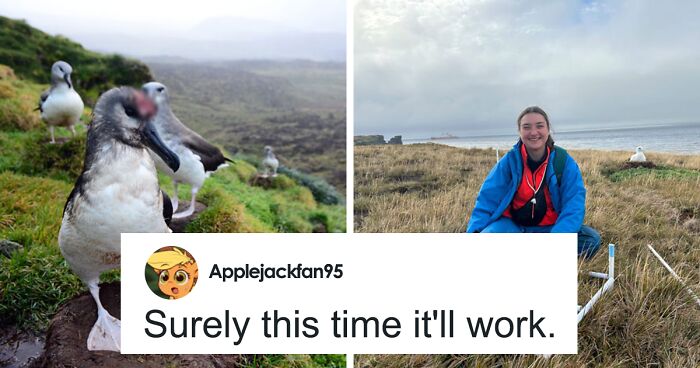
Officials Decide To Drop 600 Tons Of Pesticide On Island To Save Birds From Being Eaten Alive
Interview With ExpertHelp is on the way for the birds of Marion Island, an uninhabited South African territory about 2,000 km (1,250 miles) southeast of Cape Town. Invasive mice are eating the island’s 29 avian species alive, but the NGO Mouse-Free Marion has a plan to eradicate them by using helicopters to drop 600 tons of pesticides across the entire land mass.
Speaking to Bored Panda, the project manager, Dr. Anton Wolfaardt, revealed that the mice originally came to Marion Island in the late 19th Century, likely as stowaways on seal-hunting boats. By 1949, the infestation had grown so large that researchers based on the island imported five housecats to deal with it.
The measure was somewhat successful, but the cats reproduced until there were thousands of them, becoming a threat to the native bird populations. Conservationists eradicated the cats by releasing a feline virus onto the island, but that meant the mouse population soon exploded, increasing around 500 percent in the last 30 years.
Invasive mice on Marion Island in the Southern Ocean are eating the native birds alive after having exhausted their usual food sources
Image credits: Ben Dilley
As their population has skyrocketed, the mice have exhausted their usual food source: invertebrates. According to the conservationist, populations of weevils and flightless moths are down to 10 percent of their historical levels. As a result, the mice have turned to birds in a horrific fashion.
“The mice just swarm all over them night after night, nibbling away,” the ecologist, who took up the role of project manager in 2021, confided.
“And the birds eventually die, either just from fatigue, from infection, or perhaps their body condition has deteriorated to the extent that they become more susceptible to avian predators.”
In a shocking video that Mouse-Free Marion provided us, a mouse can be seen crawling atop an albatross chick’s head, where it slowly eats the skin off the still-conscious bird, revealing its skull underneath.
Ecologist Dr. Anton Wolfaardt spoke with Bored Panda, revealing that 19 of the island’s 29 bird species face the “real threat of extinction” due to the mice
Image credits: NASA
Since the birds have no evolutionary defenses to the mice, this new behavior threatens their long-term survival. The seabird biologist, who received his PhD from the University of Cape Town in 2007, believes that without action, 19 of the 29 bird species that breed on the island face “the very real risk of local extinction in the next 30 to 100 years.”
This includes the wandering albatross, the bird with the largest known wingspan. One of the world’s most iconic seabirds, this vulnerable species inhabits the Southern Ocean, and around a quarter of their entire population breed on Marion Island.
The NGO Mouse-Free Marion has a plan to eradicate the mice using 600 tons of potent rodenticides dropped across the island by helicopters over several months
Image credits: Tom Peschak
To save them, Mouse-Free Marion has turned to brodifacoum, a potent rodenticide and anticoagulant.
A ship will carry a team of conservationists and several helicopters on a five-day journey from South Africa to Marion Island, and they will drop baited pellets of the poison across the island’s 300 square kilometers (115 square miles) over a period of four to six months.
Such a drastic plan is not without its pitfalls, but Dr. Wolfaardt assured us that the project has undertaken a rigorous risk assessment and been developed in a way to mitigate unintended side effects. For example, brodifacoum was chosen in part because it isn’t water-soluble, so it won’t enter the island’s water supply and poison other animals.
Some members of the public have also expressed concern about the seabirds themselves succumbing to the poison, but the researcher insists that’s not an issue. “Because all except one of the bird species are seabirds, they feed out at sea on marine prey and so aren’t interested in the bait.”
Although there are risks to the proposed operation, conservationists have undertaken a rigorous risk assessment and determined the plan is viable
Image credits: Stefan Schoombie
Image credits: Ben Dilley
Plus, Mouse-Free Marion has purposefully chosen to drop the pesticide in the winter months when most birds have migrated away from the island. While a few individual birds may scavenge the carcasses of dead mice and get poisoned themselves, Dr. Wolfaardt believes it’s a small price to pay for saving the species.
“The ecological benefits of the operation far outweigh any short-term costs,” he said.
“We do acknowledge and expect that there might be some individual birds that do find enough dead mice and might die as a result of that. But we expect that those numbers will be low and that those populations will recover soon after the baiting operation.”
The plan follows in the footsteps of several similar successful mouse-eradication operations, most notably on the much larger South Georgia Island
Image credits: Mouse-Free Marion Project
Image credits: Michelle Risi
Furthermore, there is always the risk that the pesticide does not kill every single mouse. After all, Marion Island is about five times the size of Manhattan.
When asked about this, Dr. Wolfaardt pointed to other success stories using the same strategy, notably South Georgia, an island in the South Atlantic Ocean about 10 times the size of Marion Island. In 2018, scientists successfully eliminated invasive rats via a mass drop of baited pesticide, leading to the recovery of numerous bird species.
“We’re very lucky in that we can benefit from the huge amount of experience that’s been gained from previous operations to learn the lessons from almost all of the projects that have been successful,” Dr. Wolfaardt said.
One of the biggest obstacles to the project is the $29 million price tag, but government funding, as well as individual donations, have already provided over a third of that
Image credits: Otto Whitehead
Of course, the most obvious cost of the project is monetary: $29 million. Currently, just 36 percent of these funds have been raised, much from the South African government, but Mouse-Free Marion is confident they’ll reach their goal.
The organization has opened up donations to the public, and individuals can sponsor as little as a hectare for $100. So far, individuals and concerned groups have poured out their support, some sponsoring as much as 500 hectares. In total, 1,758 donors have paid for the conservation of over 8,000 hectares.
Most netizens lauded the effort, while some noted that the mice are simply trying to survive and that it’s humans’ moral responsibility to restore nature
Image credits: AlbusLeveretUK
Image credits: latinxbidong
Image credits: applejackfan95
Image credits: Edourdoo
Image credits: miguelmcminn
Image credits: UniqueSAProblem
Image credits: homeros_2010
Image credits: kevincelis6
Image credits: madmartin_real
Image credits: AmeliaSource
Image credits: 365DasdeJonas
Explore more of these tags
Ignore the allegation that the plan's intent is "to drop 600 tons of pesticides" on this large island. Based on the hundreds of islands where this method has been used successfully to protect endemic species, the amount of Brodifacoum 25-D Conservation" makes up 0.0025% of the BAIT product. The remaining 99.9975% is inert grain and binders. Sloppy (or biased) writing can do a great deal of harm. Always turn to the documents in the matter before passing judgment, thanks!
What were those researchers in 1949 thinking!? It's unbelievable to me that they didn't anticipate the cats breeding out of control and targeting the birds. That's exactly what literally every person in the world would have expected to happen. At least they could have introduced only male cats.
That’s a poor choice for a rodenticide and the EPA is placing it on the restricted use list due to secondary poisoning of non-target species.There are commercially available “birth control” rodenticides that would seem to be a far better option than using a potent blood thinner (Brodifacoum).
Ignore the allegation that the plan's intent is "to drop 600 tons of pesticides" on this large island. Based on the hundreds of islands where this method has been used successfully to protect endemic species, the amount of Brodifacoum 25-D Conservation" makes up 0.0025% of the BAIT product. The remaining 99.9975% is inert grain and binders. Sloppy (or biased) writing can do a great deal of harm. Always turn to the documents in the matter before passing judgment, thanks!
What were those researchers in 1949 thinking!? It's unbelievable to me that they didn't anticipate the cats breeding out of control and targeting the birds. That's exactly what literally every person in the world would have expected to happen. At least they could have introduced only male cats.
That’s a poor choice for a rodenticide and the EPA is placing it on the restricted use list due to secondary poisoning of non-target species.There are commercially available “birth control” rodenticides that would seem to be a far better option than using a potent blood thinner (Brodifacoum).

 Dark Mode
Dark Mode 

 No fees, cancel anytime
No fees, cancel anytime 






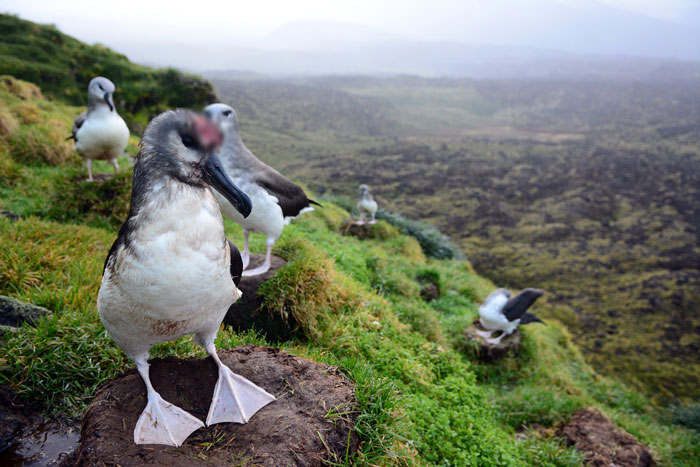
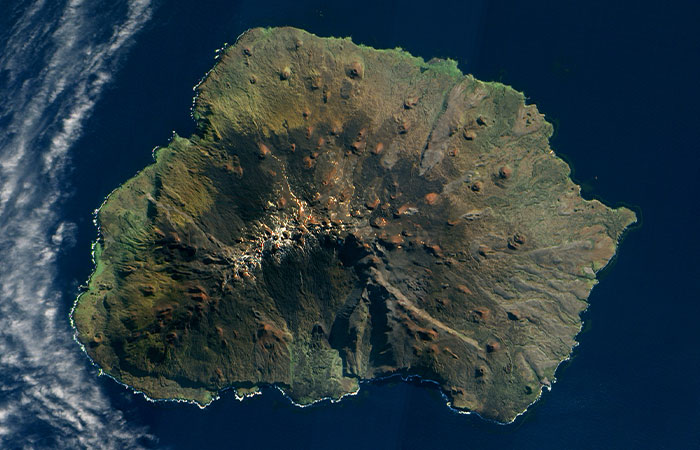
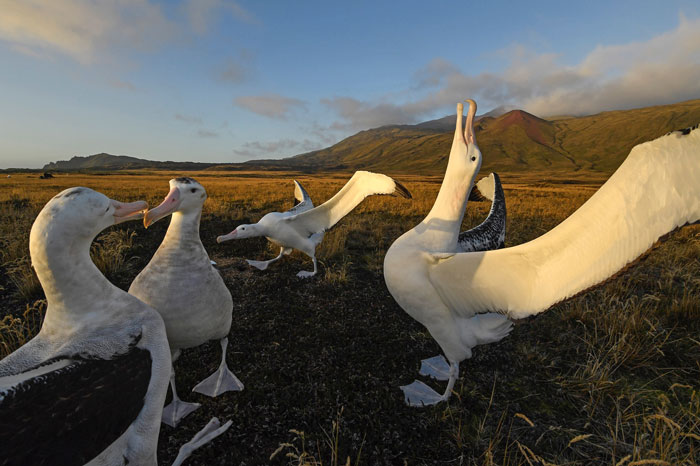
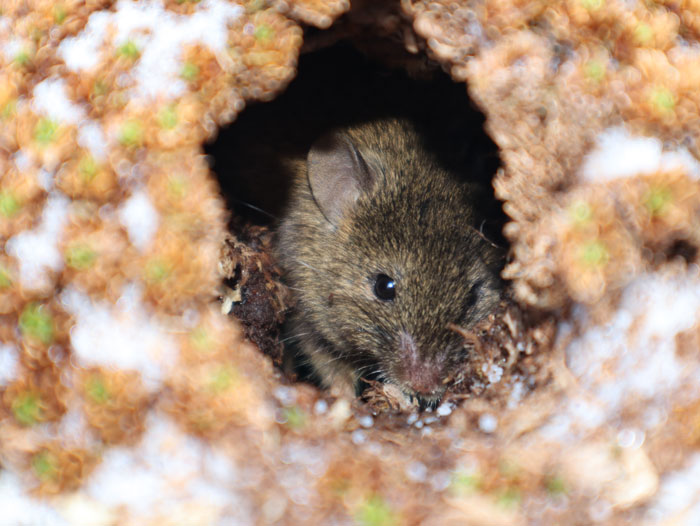
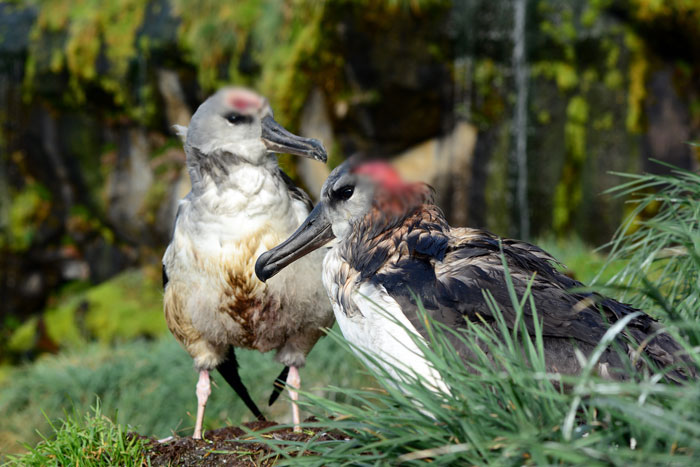
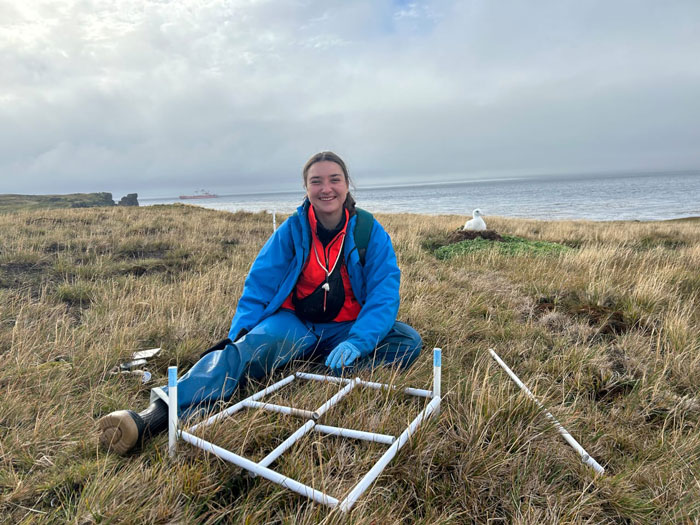
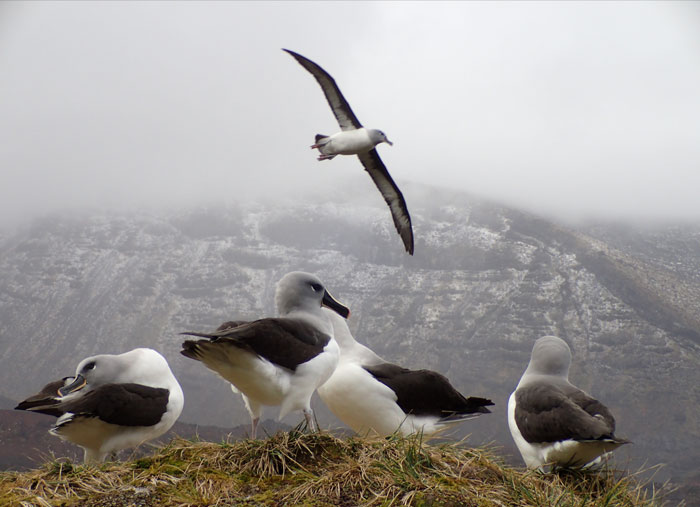

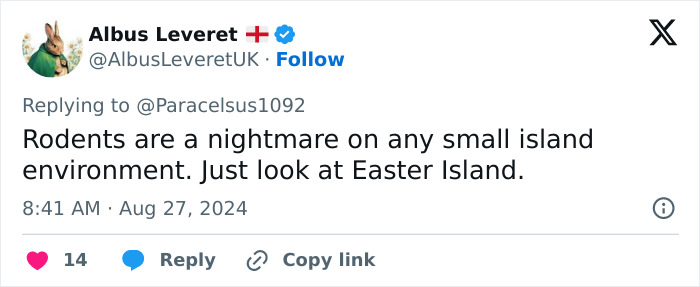
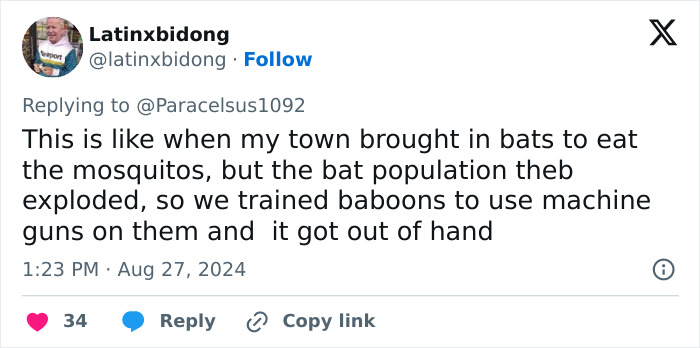
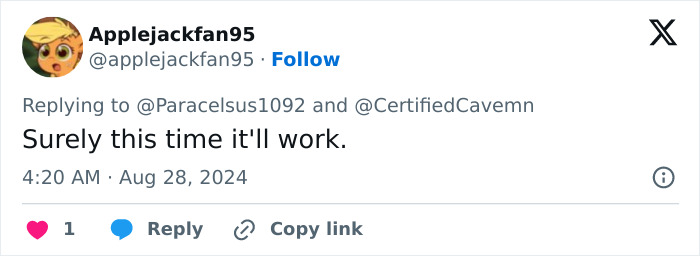
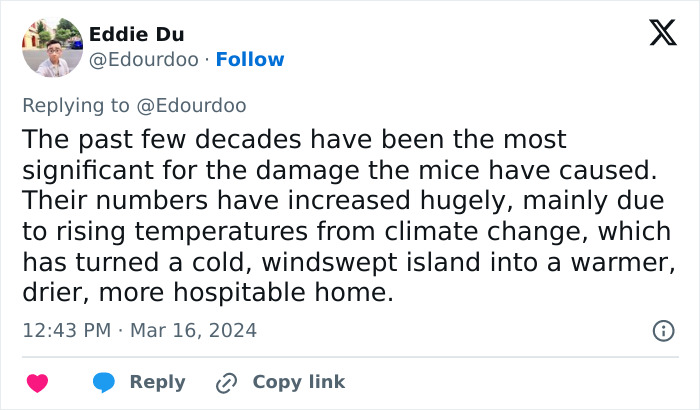
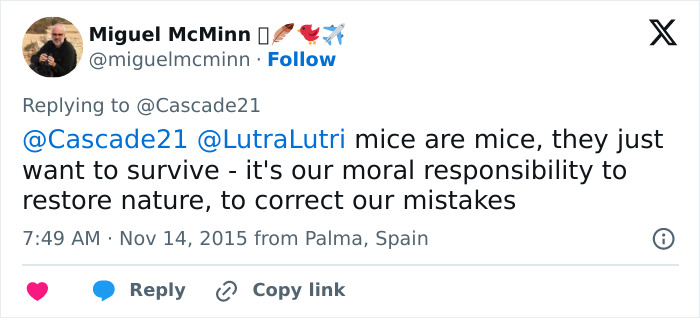
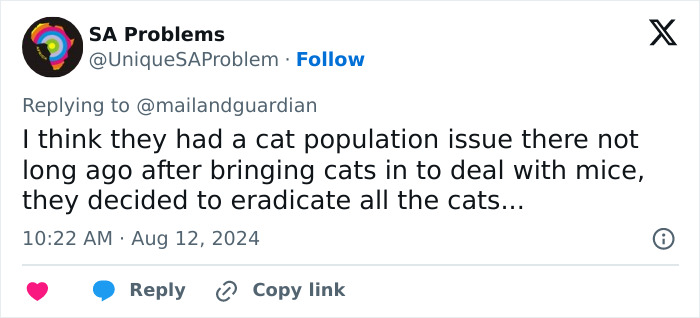
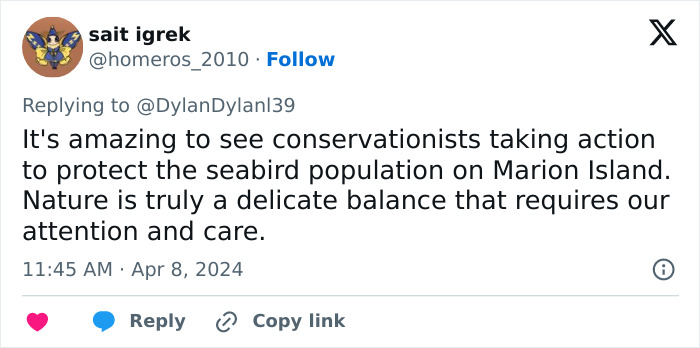
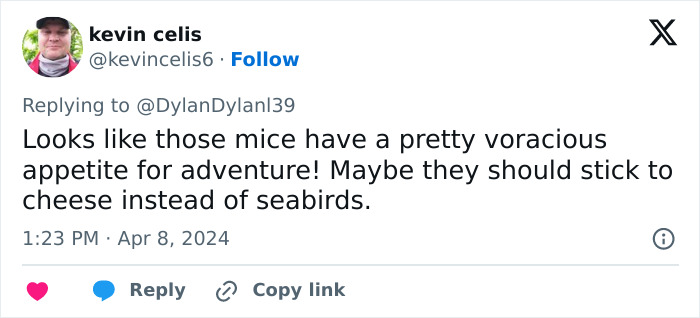
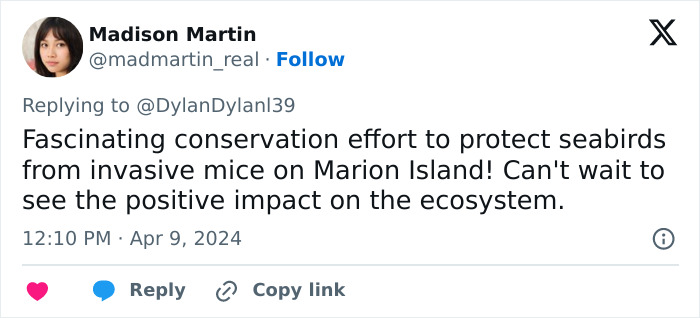
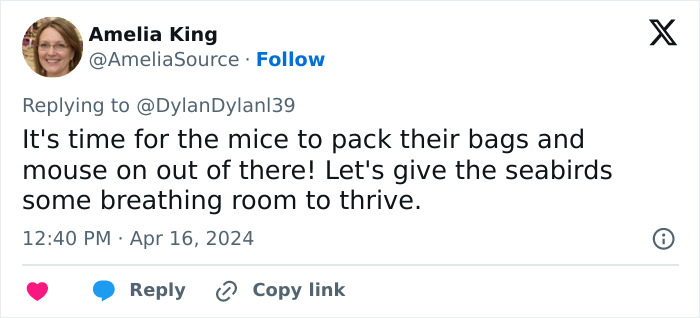
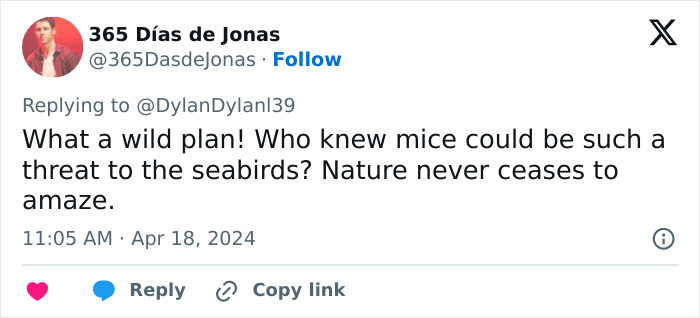



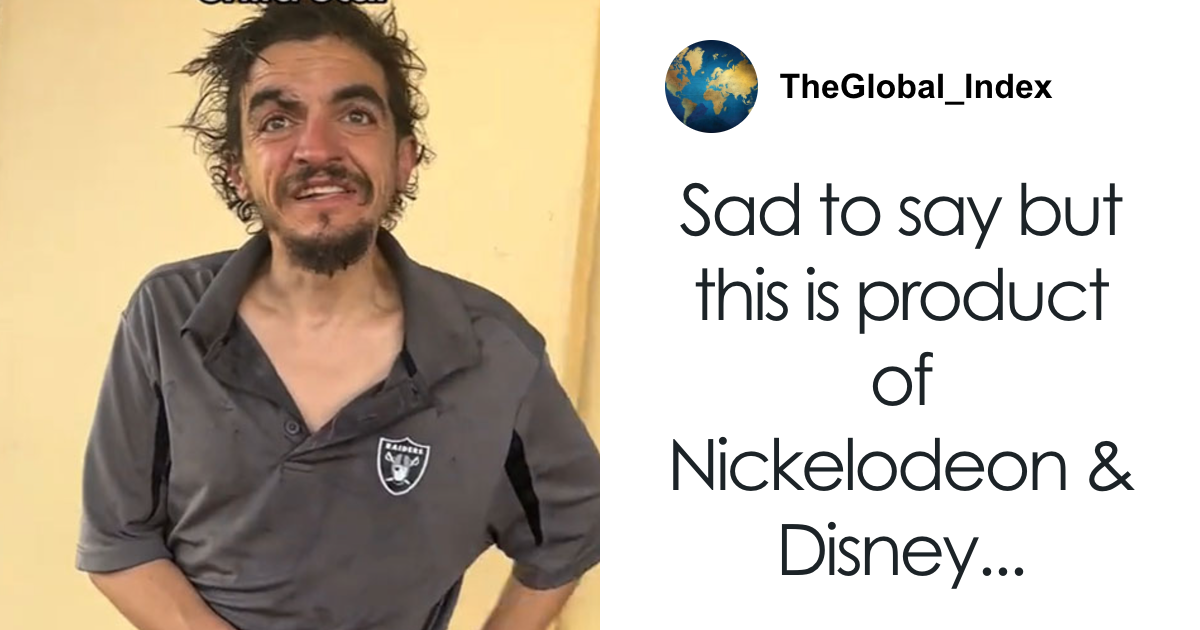

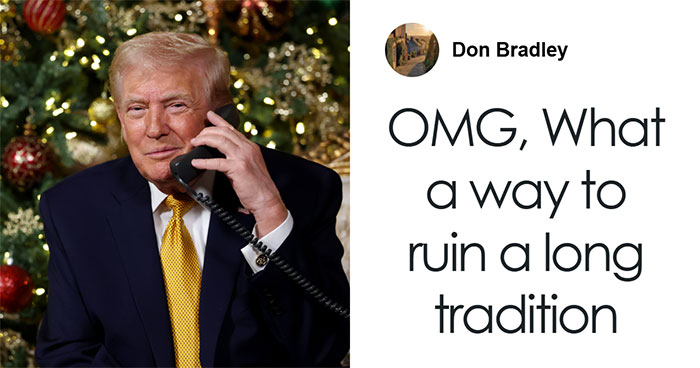
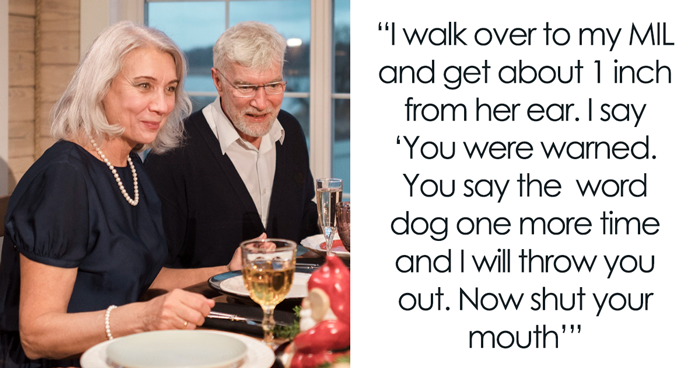


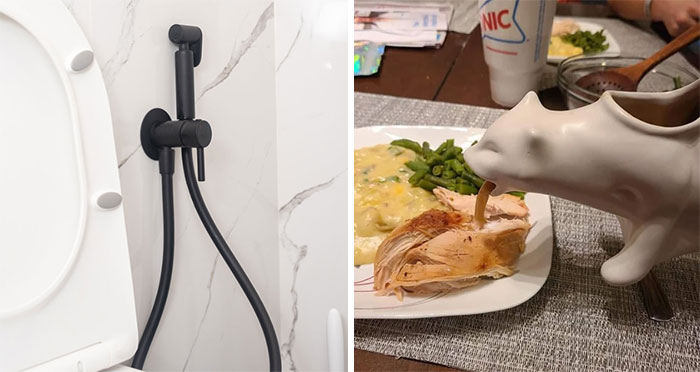
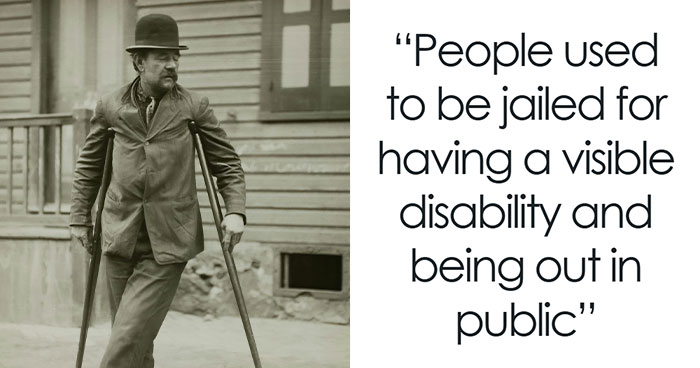
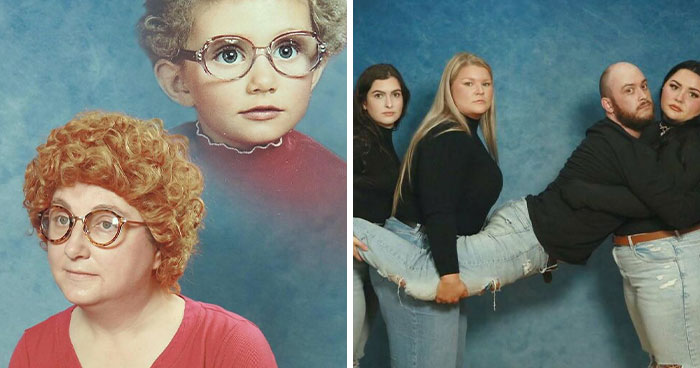
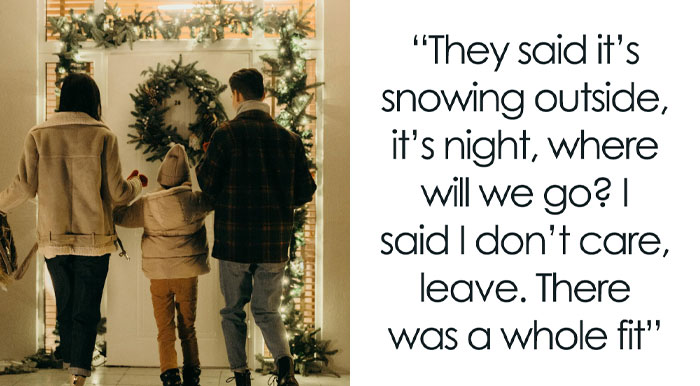






























38
12